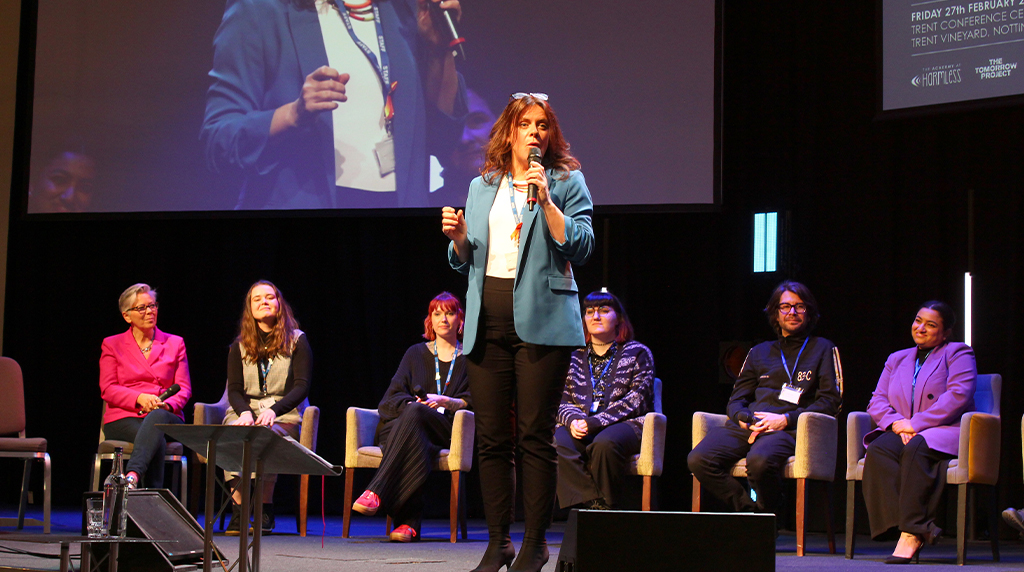By Dylan Thomas (Therapist)
As a therapist trained in Compassion-Focused Therapy (CFT), who works daily with clients navigating trauma and self harm, I often witness how deep shame, fear, and threat-based patterns shape people’s inner worlds. But healing is possible – not just emotionally, but neurologically. Drawing on the science of positive neuroplasticity, and the work of Dr. Rick Hanson, this blog explores how small, consistent moments of compassion and safety can literally begin to rewire the brain toward healing, hope and connection. Not only is healing possible for others, but this is a framework and a practice I personally engage in every day – to ‘take in the good’ in my own life.
Understanding Neuroplasticity
Neuroplasticity is the term used to describe how the brain changes and adapts. It’s shaped by our environment and our experiences. Put simply, neuroplasticity is how the brain learns. A key process involved is something called long-term potentiation (LTP) – where neurons (nerve cells in the brain) fire stronger chemical and electrical signals, creating new or reinforced neural pathways.
This is the foundation of learning. For example, when we learn to walk, neurons fire together repeatedly to form a pathway in the brain, helping us remember how to do it the next time. Eventually, that pathway becomes so strong we don’t even need to think about walking anymore – it just happens. That’s motor learning, but similar principles apply to our memories (in the medial temporal lobe) and higher-order thinking (in the frontal cortex). The neuroscientist Donald Hebb (cited in Cooper, 2005) famously said, ‘Neurons that fire together wire together’.
Unfortunately, this same learning process also applies to things like depression, trauma, self harm and addiction. Some scientists describe the brain as a prediction machine – a neutral organ that prioritises survival. It creates neural pathways to help us walk or remember where danger lies because both are essential to staying alive. For someone who has experienced trauma, the brain often wires in a way that keeps certain distressing memories active – even when they’re not wanted – because it wants us to avoid similar harm in the future.
So, while the brain can internalise joy and safety, it’s often primed to internalise fear, pain and shame – especially for those who’ve been through a lot. That’s how survival wiring can end up making us feel stuck or unsafe even when the threat has passed.
Why the Brain Needs a Little Help
Rick Hanson (2017), a clinical psychologist and expert in neuroplasticity, introduced the idea of positive neuroplasticity – the idea that we can deliberately shape our brain in ways that support emotional well-being and healing.
He explains that our ‘brain is like Velcro for negative experiences and Teflon for positive ones’ – a result of our built-in negativity bias. This means we’re naturally more likely to notice and remember the bad stuff because, evolutionarily, it was safer to be hyper-aware of potential threats. So of course we’ll remember the argument, the trauma or the painful comment over the lovely chat we had or the cup of tea we enjoyed that same day.
Take the example of being in a car crash – you’ll probably remember that event a year later much more vividly than what you had for lunch that day. This is why people can’t ‘just get over it’ after trauma or self harm. Their brain is doing what it thinks is helpful: trying to keep them safe.
And sure, a bit of remembering the bad is useful – it helps us avoid danger – but too much of it keeps us stuck. It can make the brain feel like our worst enemy. That’s why we sometimes need to say to our brains, ‘thank you for trying to protect me’, and then gently override that negativity bias.
Just as the brain wired itself through past pain, it can also rewire itself through new, positive, safe experiences.
This Isn’t Toxic Positivity
Let’s be clear: this isn’t about pretending to be happy or ignoring the very real pain you’ve been through. It’s not about bypassing or suppressing your emotions. It’s about honouring the fact that your brain adapted to survive, while also recognising that those same pathways might not be helping anymore.
So we begin to look at what we need now.
That might sound like:
‘I’ve been through a lot. So many things have made me feel unsafe. But I recognise now that I am safe – that those things are no longer happening – and I’ve survived’.
Or even just:
‘I’m grateful I’m not in that bad situation anymore‘.
This is changing the script. These kinds of reflections help override the negativity bias and literally change the firing patterns in the brain. Over time, this updates neural pathways – especially in memory-related areas like the medial temporal lobe.
Introducing the HEAL Process
To help us internalise positive experiences and strengthen these new pathways, Rick Hanson developed a simple yet powerful four-step method called HEAL:
H – Have a positive experience
E – Enrich it
A – Absorb it
L – Link it (optional)
This can be done as part of a short meditation, while journalling, or even in the middle of your day.
Start by having a positive experience – maybe a kind gesture, a nice memory, or just noticing a feeling of safety. Then enrich it by really tuning into it: what does it feel like in your body, your breath, your mood? Next, absorb it – let it sink in like sunlight on your skin. You can even imagine it being stored inside your body or mind. Finally, and only if you feel safe, you might link it to a difficult memory – helping that painful experience start to shift in tone.
This process takes less than a minute, but when practiced regularly, it can help reshape the emotional habits of the brain. For those who’ve experienced trauma or self harm, HEAL can be a practical, gentle way to build internal safety and warmth, one moment at a time.
The Power of Little and Often
One of the most hopeful parts of positive neuroplasticity is this: change is possible, and it doesn’t need to be dramatic. Little and often is the mantra. Each time we offer ourselves a moment of care, notice something good, or connect with someone safely, we’re laying another brick on the path toward healing.
We are literally rewiring our brain to learn – or re-learn – what it feels like to be safe with others, to trust ourselves, and to believe we can live free from harm.
Just a little at a time goes a long way.
Overall, the power of positive neuroplasticity as a healing modality is phenomenal. However, this is not to say that we can do it all alone or that we shouldn’t seek professional therapeutic support. Yet, learning to take in the good and create a better relationship with any harms that might have happened to us can still take us a long way to healing. I have found that doing this practice daily has transformed my life, so I can take in more joy, be more present with my family and kids while not getting caught up in the pain of the past. I hope that it may help you too.
If you’re someone who struggles with self harm, at Harmless, we offer compassionate, trauma-informed support to help you feel safe enough to begin again – on your own terms, and in your own time. You can make a referral via the button below.
Further Reading
If you want to read about this topic in more detail, I highly recommend Dr. Rick Hanson’s book on the subject.
Hanson, R., 2013. Hardwiring Happiness: The Practical Science of Reshaping Your Brain-and Your Life. Random House.
References
Hanson, R., 2017. Positive neuroplasticity: The neuroscience of mindfulness. In Advances in contemplative psychotherapy (pp. 48-60). Routledge.
Cooper, S.J., 2005. Donald O. Hebb’s synapse and learning rule: a history and commentary. Neuroscience & Biobehavioral Reviews, 28(8), pp.851-874.




